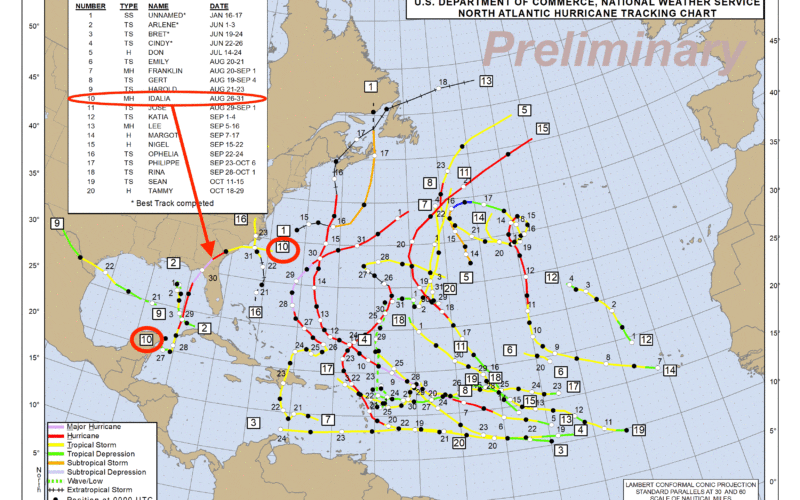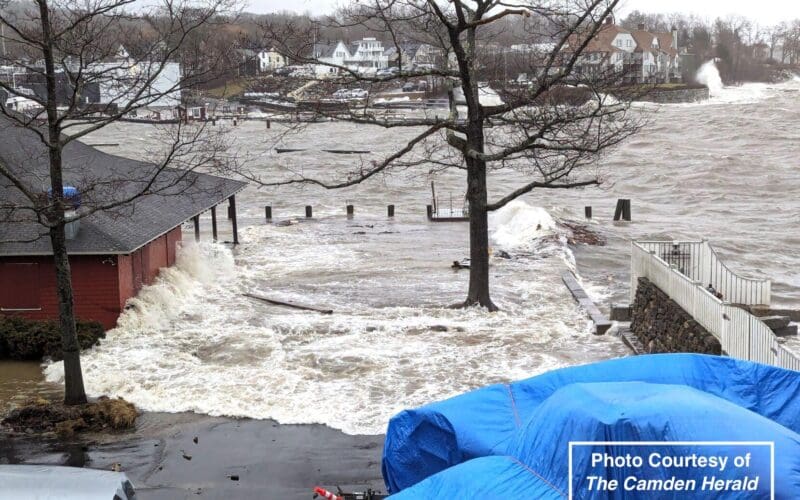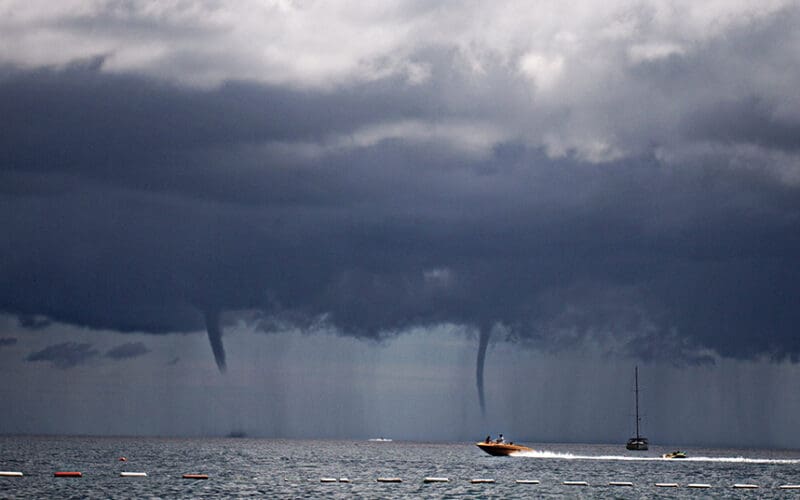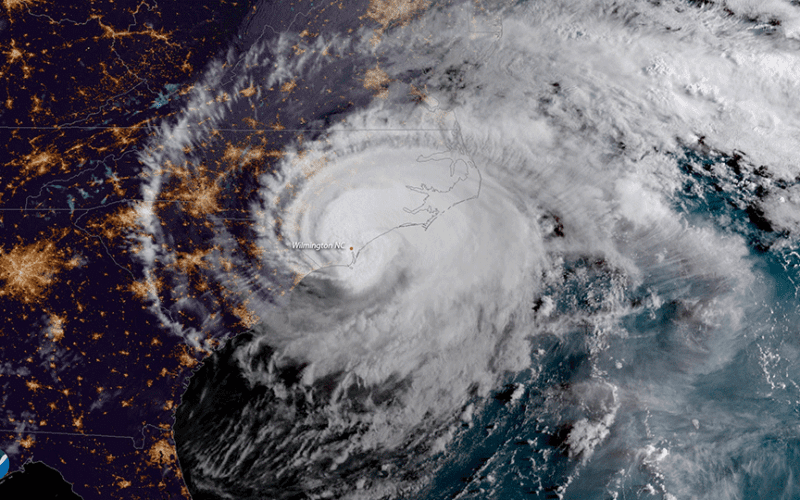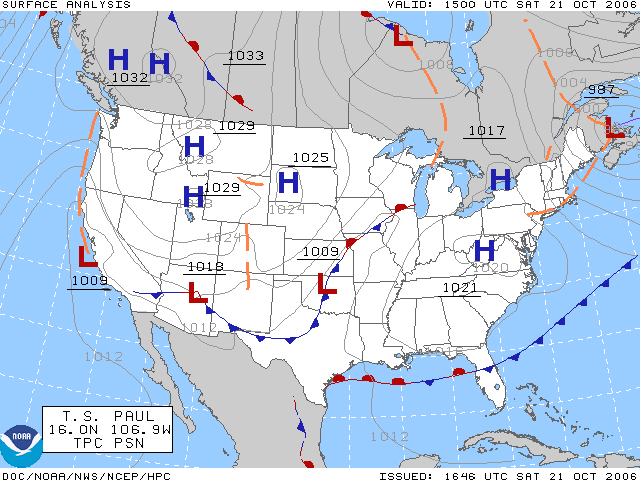09
Apr
The World Meteorological Organization (WMO) recently announced the entrants to the “Hall of Fame” for the 2023 season. It’s not really called the Hall of Fame, but rather it is the WMO Hurricane Committee deciding which names will be retired from the previous season and not used again moving forward. The retirements of names occurs when a system is unusually impactful. Typically this means that the system was quite strong, and that it also impacted a large population. Occasionally, though, a system’s name can be retired even if it was not an unusually strong system, but its impacts were still…

